
Have you caught yourself side-eyeing the kitchen sponge, wondering if it’s secretly plotting your downfall? Some everyday items are full-blown germ festivals, and it’s time to level up the weekly cleaning game. So grab your gloves—or just a disinfecting wipe—and let’s tackle the 10 things that deserve your cleaning attention every single week.
Kitchen Sponges

Kitchen sponges are microbial magnets. They often contain more bacteria than toilet seats, including dangerous strains like Salmonella and E. coli. As a result, the USDA advises weekly sanitizing or replacing. Most used sponges test positive for coliforms, but a quick microwave zap kills 99% of germs. Still, they’re the dirtiest thing in your kitchen.
Bathroom Sinks
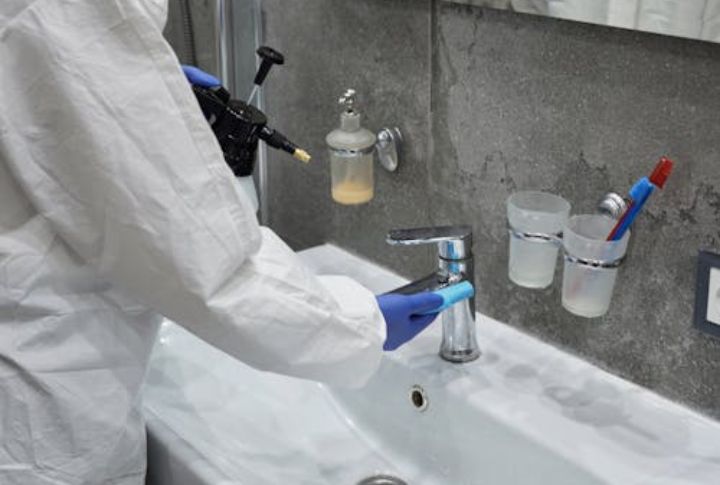
Dampness plus toothpaste residue fuels mold and Staphylococcus aureus in bathroom sinks. Research shows they often harbor more germs than toilet bowls. Toothbrush splatter can reach several feet, contaminating everything nearby. Weekly scrubbing not only kills germs—it also prevents pipe-clogging grime from building up.
Toilet Handle
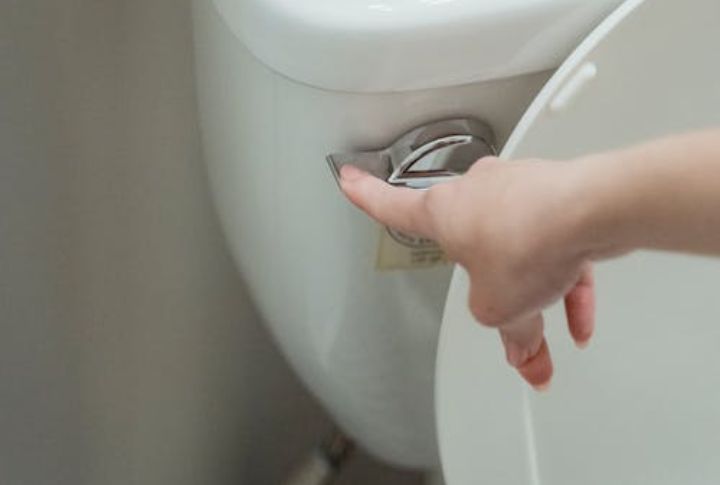
Touched constantly but seldom cleaned, the toilet handle is a germ hotspot. Fecal bacteria can linger for days, and flushing launches microbes into the air. A China CDC study recorded almost 27–30% positivity on lavatory flush buttons during norovirus outbreaks. However, once-a-week disinfectant wipes drastically cut cross-contamination risks.
TV Remotes

TV remotes may control your shows, but they also host a horror lineup of germs. They’re dirtier than doorknobs and can carry cold viruses, flu, and even MRSA. A horrifying 2012 University of Houston study found that 81% of all sampled surfaces, including remotes, in hotel rooms contained fecal bacteria.
Pet Bowls
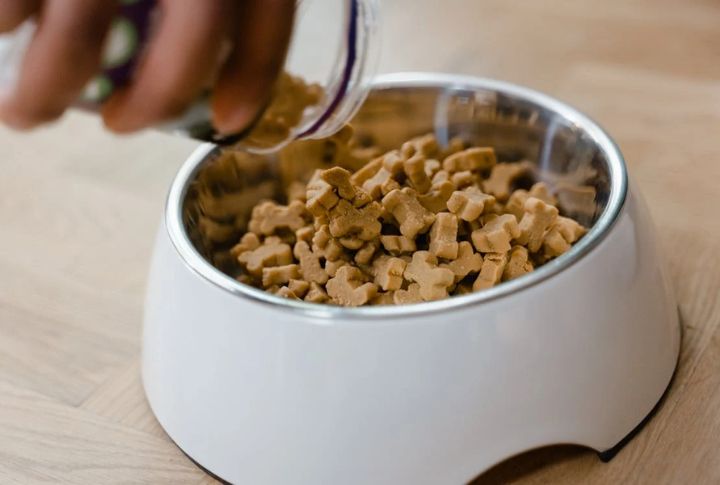
Regular washing protects both pets and humans from serious illness because pet bowls can become bacterial danger zones in just one day. Salmonella and E. coli thrive in leftover food and water, and the FDA urges at least weekly cleaning. Invisible biofilm builds up quickly and may house antibiotic-resistant strains.
Door Handles
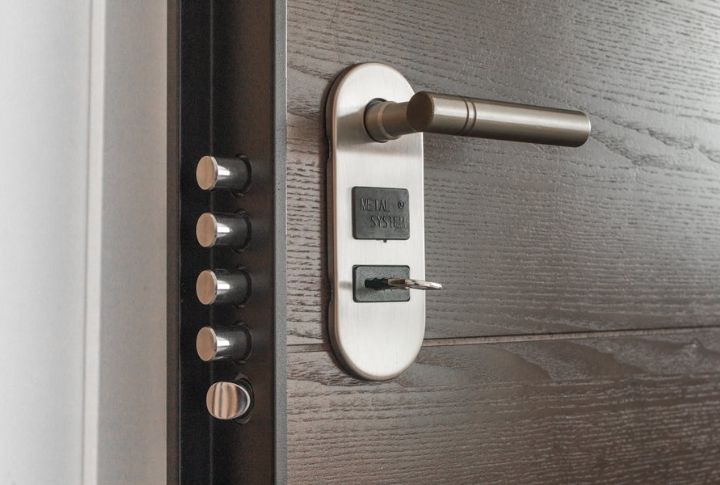
One contaminated handle can infect half your home in hours. Door handles are like VIP lounges for germs. They collect every touch and spread cold and flu viruses with impressive efficiency. Brass can self-clean, but your plastic or steel ones won’t. A quick weekly wipe stops the microbial meet-and-greet.
Shower Curtains

Moist shower curtains are perfect for mold and pink slime bacteria. Mold spores can multiply in just 24 hours and may trigger asthma or allergies. Luckily, most curtains are machine-washable. A weekly wash prevents buildup and protects your health, especially in humid, poorly ventilated bathrooms.
Refrigerator Handles
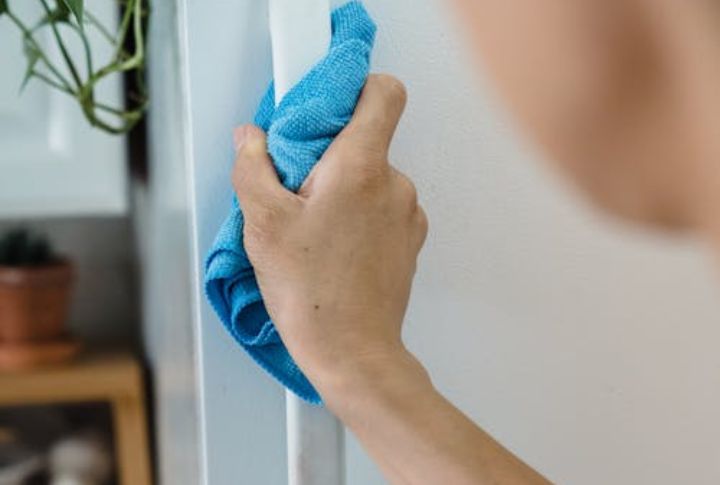
Raw chicken hands? Straight to the fridge handle. It’s no wonder they’re one of the top five germ hotspots at home. Bacteria can linger for 48 hours, and fruit flies love the sticky grime. Unfortunately, most folks skip them entirely—even during deep cleans.
Coffee Makers
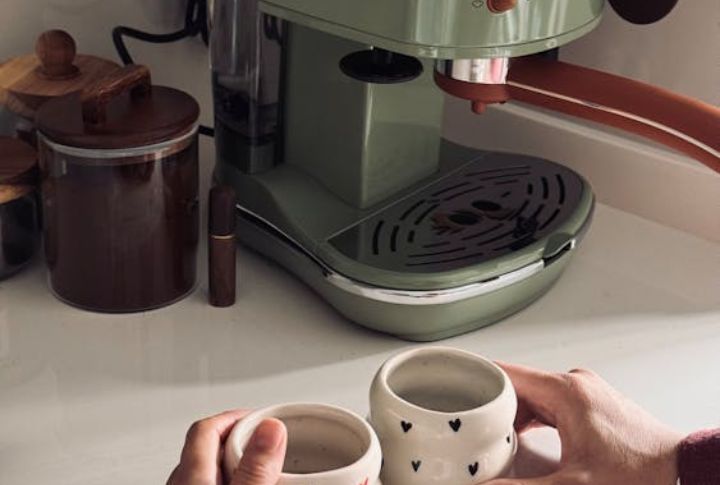
Coffee makers are often overlooked, but can be breeding grounds for mold. Half of all tested machines had mold in their reservoirs, as moisture and heat accelerate growth. Nevertheless, a quick vinegar rinse once a week sanitizes the system and extends machine life, making that daily brew safer.
Trash Can Lids
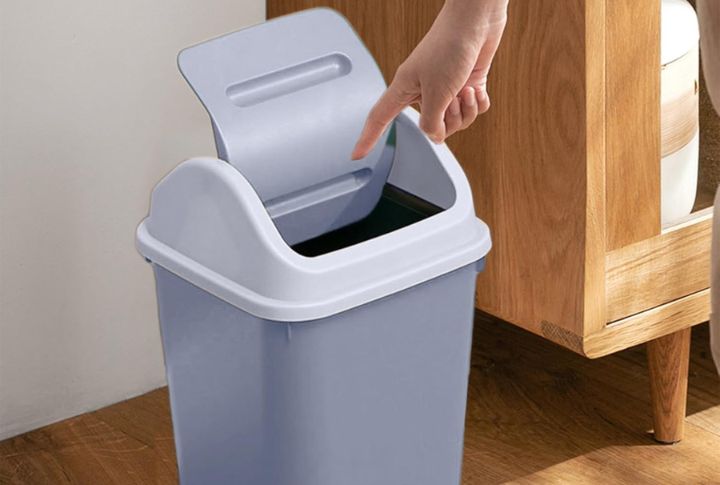
Listeria can live on trash can lids for days as they collect grime from hand contact and food splatter. Even if they don’t smell, they can still carry harmful bacteria, and flies lay eggs in the crevices. Use baking soda and vinegar to clean them and deter pests and germs.

